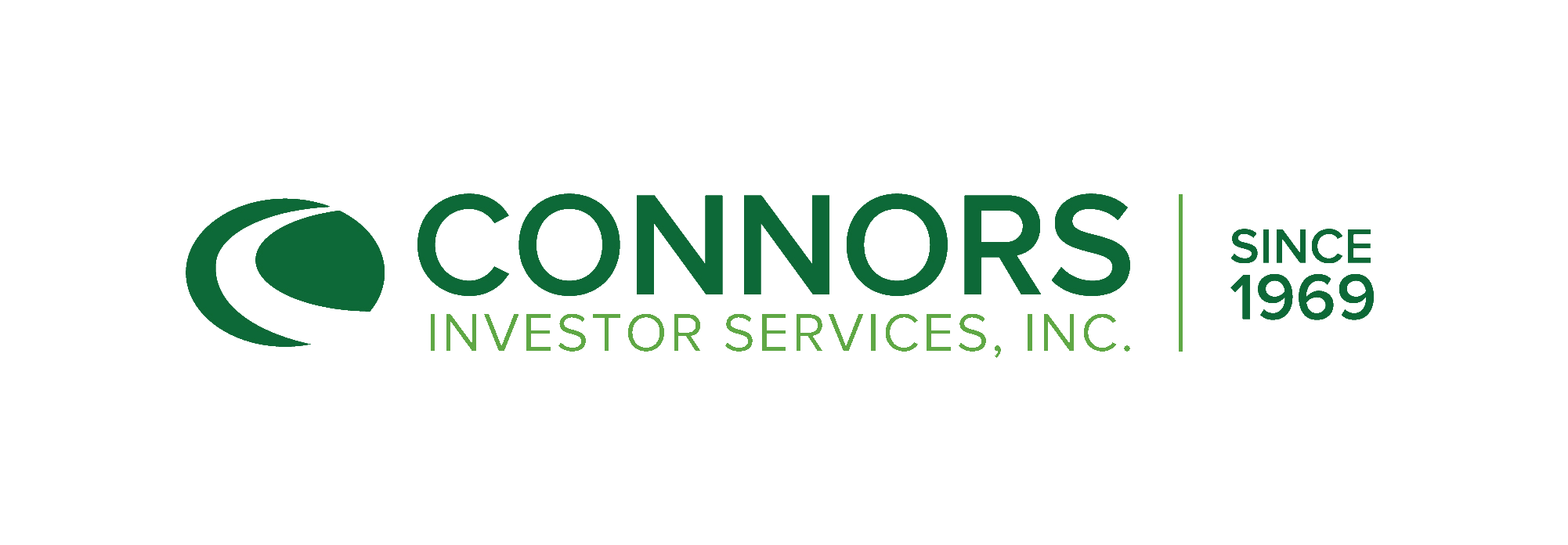Can Option-based Funds be an Alternative to Alternatives?
by Robert Hahn, CFA, on December 06, 2023
Institutional investors have been utilizing hedge funds for decades to reduce volatility, as the name would suggest. Many endowments use larger allocations to alternative investments, such as hedge funds and venture capital, with lower allocations towards bonds and domestic equity funds as popularized by the Yale Model. While there are hedge funds that have very strong performance, they do come with lower liquidity, more complicated taxes (K-1s), and typically much higher fees (historically, 2% management fee and 20% incentive fee). Given that options-based funds can have lower volatility while participating in potential market appreciation without some of the drawbacks of hedge funds, we thought it might be instructive to compare the risk-adjusted returns of our covered call strategy as represented by the Collective Investment Fund or CIF (Ticker COVRDX)1 with a broad-based hedge fund index, in this case, the Barclay Hedge Fund Index. The Barclay Hedge Fund Index is calculated as an arithmetic mean of net monthly returns comprised of nearly 2800 funds in the most recent month.
The table below shows the 1, 3, and 5-year annualized returns as well as standard deviation and portfolio statistics, including alpha for the CIF versus the Barclay Hedge Fund Index. We note that both the returns and standard deviation for the CIF are greater than that of the hedge fund index. While the CIF had higher volatility as measured by standard deviation, the greater net returns more than made up for it as measured by alpha, particularly on a 1 and 5-year basis.

The following chart compares the growth of $10,000 invested in the Connors Covered Call versus the Barclay Hedge Fund Index for the five-year period from September 30, 2018, through September 30, 2023. We note that the Barclay Hedge Fund Index grew at 3.9% per year to $12,121. Meanwhile, the CIF grew 8.2% per year to $14,844. The Connors Covered Call strategy had nearly 130% greater appreciation over five years with roughly 80% greater volatility as measured by standard deviation. We also point out that the standard deviation of the CIF was 20% less than that of the S&P 500 over the same time period.

While hedge funds as an asset class will continue to make sense for many investors looking for lower volatility, option-based funds such as Connors Covered Call could make sense for some investors as an alternative. Over a five-year period, the CIF grew at a rate over 100% greater than that of the Barclay Hedge Fund Index while providing greater liquidity, lower fees, and less complicated taxes (no K-1s). We believe that our covered call strategy might make sense for investors who have longer time horizons or are willing to accept higher volatility than that of the hedge fund index in return for higher potential returns.
Important Disclosures
1The Connors Covered Call Strategy (CCS) is implemented in the Connors Covered Fund – a collective investment trust (CIT) [Connors Covered Call Fund] (For Financial Professionals and Plan Fiduciaries Only). Alta Trust is a South Dakota chartered trust company that acts as the trustee of this Collective Investment Trust (CIT). CITs are bank-maintained and not registered with the Securities and Exchange Commission. The Declaration of Trust for the CIT describes the procedures for admission to and withdrawal from the CIT. The Declaration of Trust and the CIT’s Employee Benefit Summary should be read in conjunction with this fact sheet and is hereby incorporated by reference. A copy of these documents may be obtained by contacting Alta Trust at info@trustalta.com. Before investing in any collective investment trust, please consider the trust’s investment objective, strategies, risks, and expenses. Be sure to consult with your financial, legal, and professional tax advisors prior to investment in any collective investment trust. Performance is expressed in USD. Past performance does not guarantee future results. The performance data quoted represents past performance and current returns may be lower or higher. All investments involve risk, including the potential loss of principal. There is no guarantee that the CIT will achieve its objective. CIT Restriction/Limitations: This CIT may only accept assets of defined contribution plans that are part of a pension, profit sharing, stock bonus or other employee benefit plan of an employer for the exclusive benefit of employees or their beneficiaries and is (i) exempt from federal income taxes under Section 501 (a) of the code, by reason of qualifying under Section 401(a) or 414(d) of the code or (ii) is part of an eligible deferred compensation plan maintained by a state or local governmental unit under Section 457(b) of the Code (“Section 457 Plan”), which is either exempt from or not subject to income taxation. Not FDIC Insured | May Lose Value | No Bank Guarantee | For Financial Professionals and Plan Fiduciaries Only,
Please remember that past performance may not be indicative of future results. Different types of investments involve varying degrees of risk, and there can be no assurance that the future performance of any specific investment, investment strategy, or product (including the investments and/or investment strategies recommended or undertaken by Connors Investor Services, Inc. [“Connors”]), or any non-investment related content made reference to directly or indirectly in this commentary will be profitable, equal any corresponding indicated historical performance level(s), be suitable for your portfolio or individual situation, or prove successful. Due to various factors, including changing market conditions and/or applicable laws, the content may no longer be reflective of current opinions or positions. Moreover, you should not assume that any discussion or information contained in this commentary serves as the receipt of, or as a substitute for, personalized investment advice from Connors. Connors is neither a law firm, nor a certified public accounting firm, and no portion of the commentary content should be construed as legal or accounting advice. A copy of the Connors’ current written disclosure Brochure discussing our advisory services and fees continues to remain available upon request.
2 The Barclay Hedge Fund Index is a measure of the average return of all hedge funds (except Funds of Funds) in the Barclay database. The index is simply the arithmetic average of the net returns of all the funds that have been reported that month.
3 Standard deviation - Measure of dispersion of a set of data from its mean. It measures the absolute variability of a distribution; the higher the dispersion or variability, the greater the standard deviation, and the greater will be the magnitude of the deviation of the value from its mean. The table in this article displays a rolling one-year standard deviation for the S&P 500®, Connors Covered Call, and the 60/40 Portfolio.
3 Standard Deviation: Measure of dispersion of a set of data from its mean. It measures the absolute variability of a distribution; the higher the dispersion or variability, the greater the standard deviation, and the greater will be the magnitude of the deviation of the value from its mean.
4 Sharpe: Measure of risk-adjusted returns. It is calculated by measuring the risk-adjusted return of a portfolio by dividing the excess returns by the standard deviation of the portfolio returns.
5 Beta: A measure of volatility relative to a benchmark.
6 Correlation (Corr): A statistical measure that determines how assets move in relation to each other. It can be used for individual securities, like stocks, or it can measure general market correlation, such as how asset classes or broad markets move in relation to each other.
7 Coefficient of Determination (R2): A statistical metric of the relationship between a portfolio and its benchmark. R2 values are expressed as a percentage between 1 and 100. A higher R-squared value shows how well the fund moves with the benchmark.
8 Alpha: The excess return on an investment after adjusting for market-related volatility
9 Risk-Free Rate: The risk-free rate is calculated using the 30-day US Treasury Bill rates






